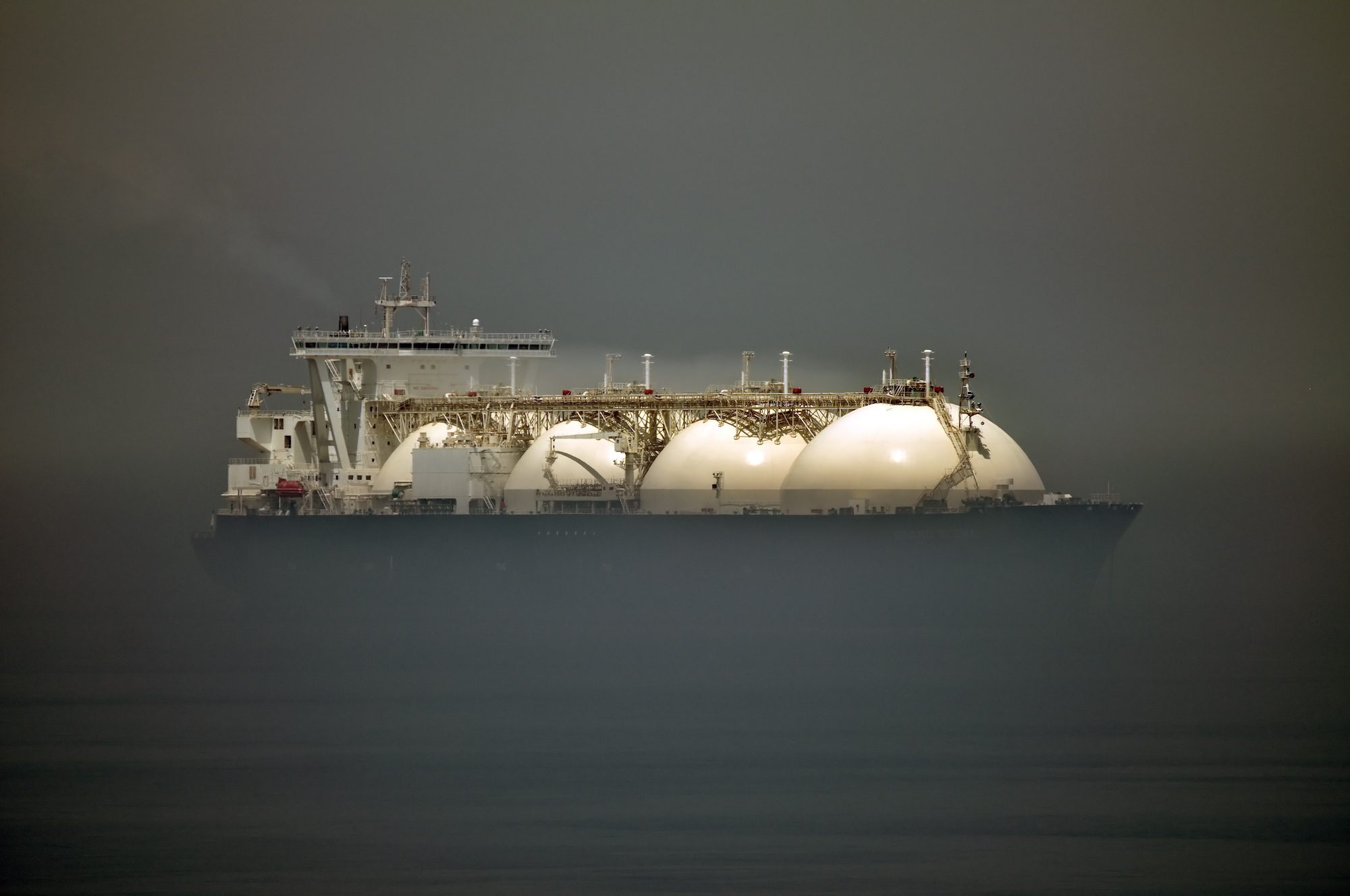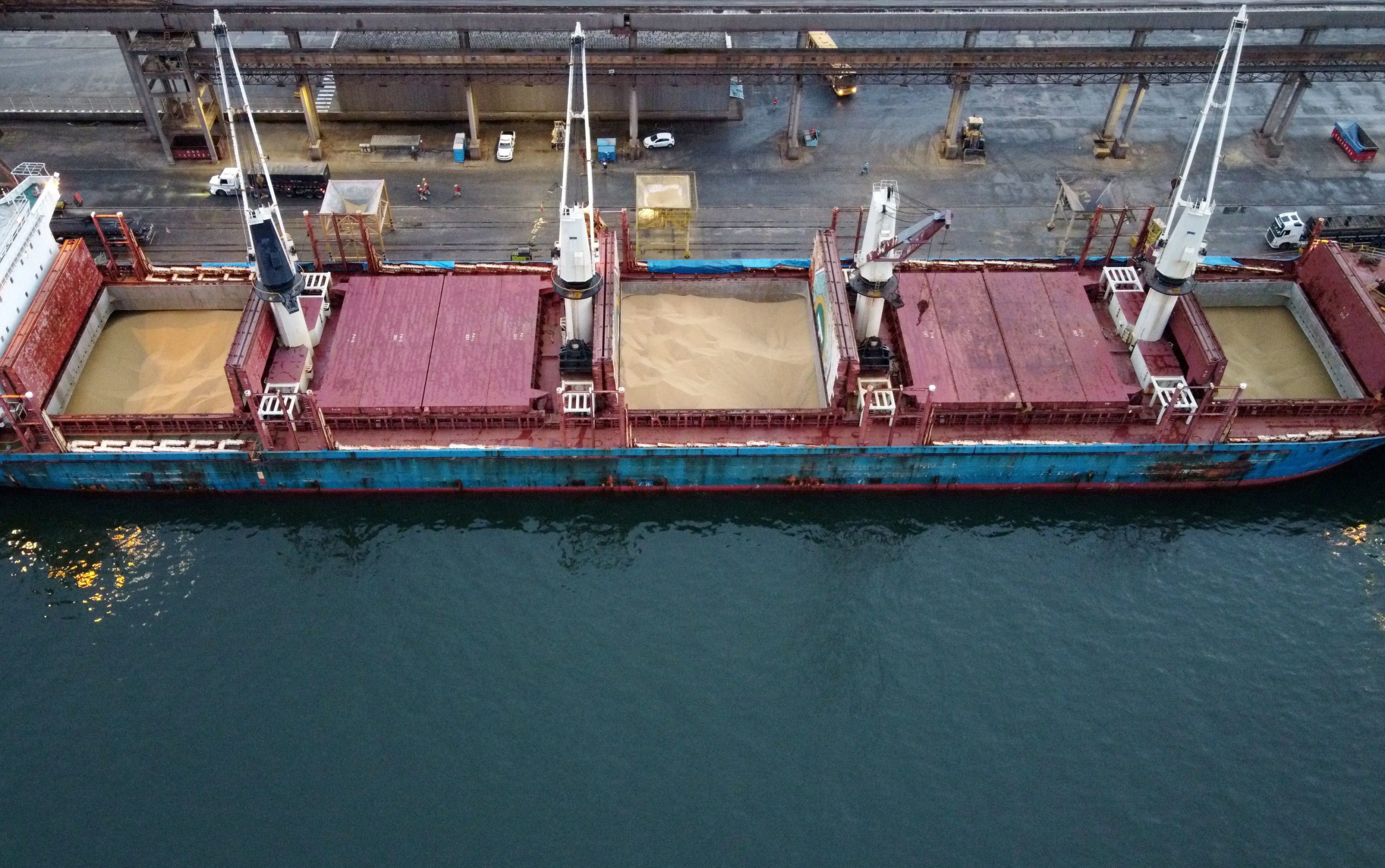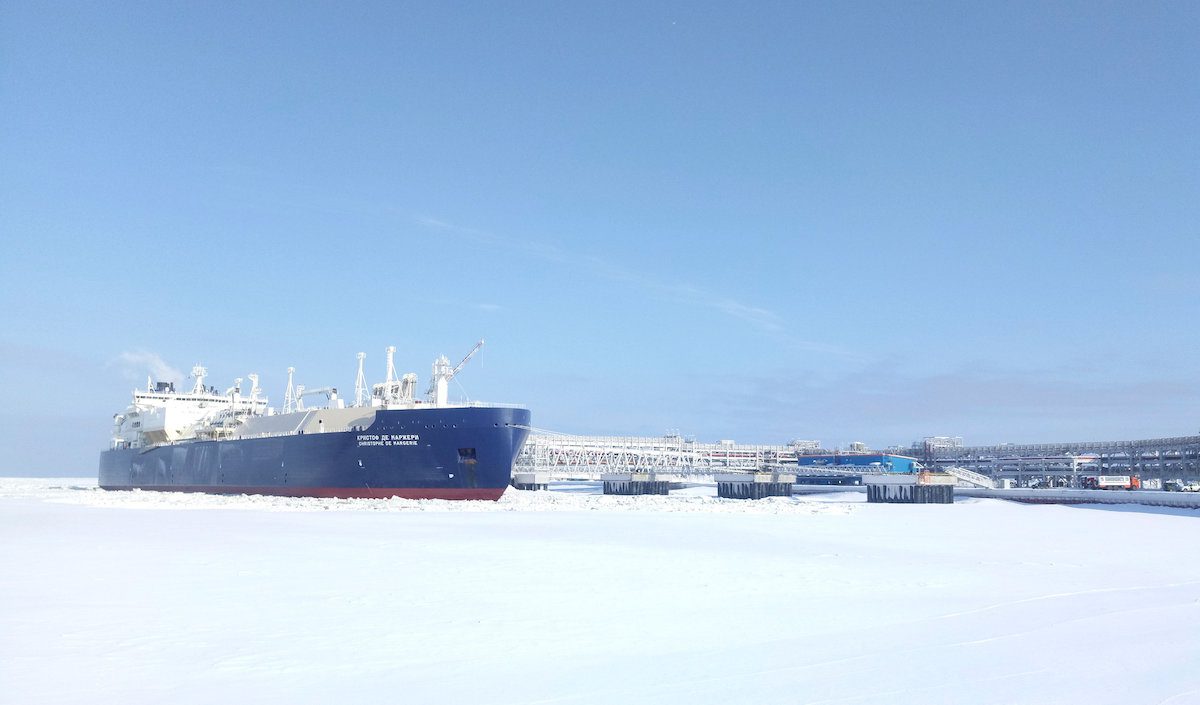June saw further tightening of market conditions on key deep-sea container trades, with spot rates and associated surcharges increasing every week throughout the month. According to Lars Jensen, CEO of Vespucci Maritime, the pace of these increases mirrored the pattern seen during the first growth phase of the pandemic. The critical question now is whether this trend will continue or if a market reversal is on the horizon.
Jensen identifies three primary drivers behind the spiking markets: the diversion of major vessels around Africa, port congestion in Asia, and a surge in export demand from Asia. Resolving the Red Sea crisis is challenging in the short term, with port congestion in Asia indicating that market conditions may peak in July and gradually ease through the latter part of the peak season, ending in September.
Jensen stresses that the Red Sea crisis is the main concern for Q4 and 2025. Continued vessel diversions could improve the global supply-demand balance as new vessels are delivered, potentially stabilizing the market without causing overcapacity, provided demand grows normally.
Jensen notes that while overcapacity due to a re-opening of the Suez route or a demand collapse seems unlikely soon, significant labor disruptions on the US East Coast in September could worsen global supply/demand dynamics by causing port congestion and vessel delays.
Freight rates increased in two stages during the pandemic: initially in late 2020 and early 2021 due to pandemic ripple effects, and later in late 2021 and early 2022 due to the Ever Given incident in the Suez Canal, reaching record rates of $15,000 USD/FFE.
Jensen warns that a strike on the US East Coast in September could trigger similar effects, potentially leading to another phase of record-high rates. He advises stakeholders to monitor two pivotal elements in the short to medium term: whether the demand boom abates in July, indicating early pre-positioning of cargo, and the outcome of union negotiations on the US East Coast.
Looking at the longer term, Jenssen suggests that stakeholders should prepare for the possibility that major container lines might navigate around Africa for several years due to prolonged conflicts in the Middle East and unchanged Western naval presence in the southern Red Sea and Gulf of Aden.

 Join The Club
Join The Club










